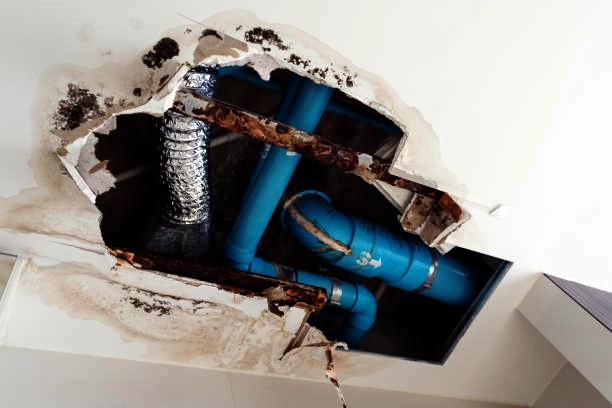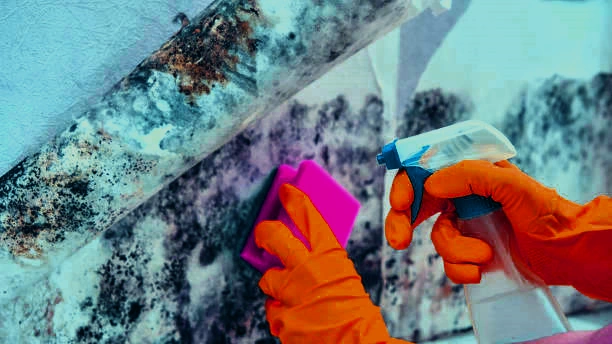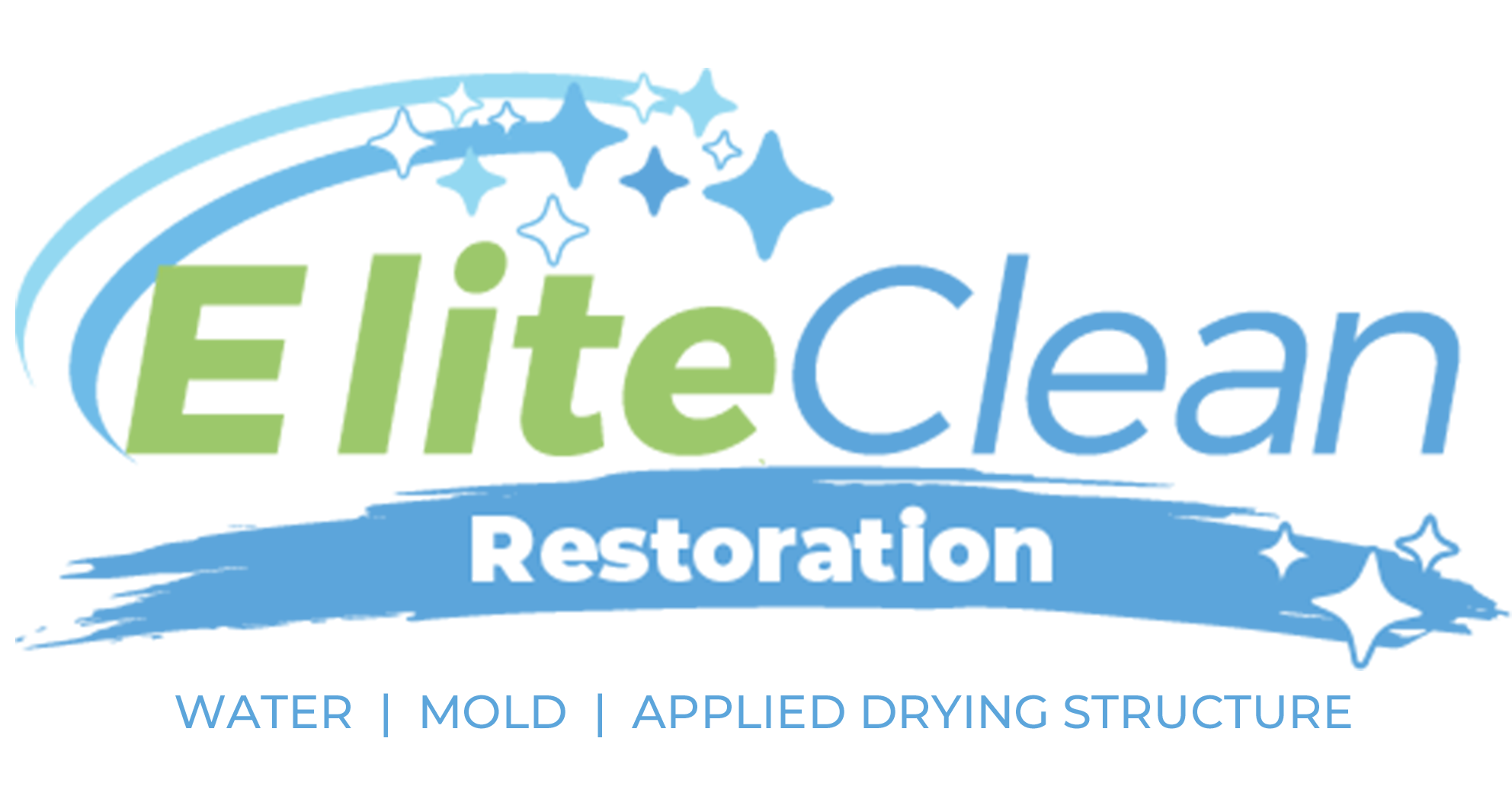Any wood, living or dead, is susceptible to decay and deterioration. Wood rot inside a structure, such as a building, can result in significant financial losses. High temperatures, salt water, and other climatic conditions attract dangerous fungi to structural wood, which can bring a house down.
Wood Rot Risk in Different Types of Wood
Wood products, such as flooring, siding, and roofs, are susceptible to decay if the moisture content exceeds the fiber saturation point, which is usually 30%. Harmful decay is caused by conditions like 50 to 90 degrees Fahrenheit, a supply of oxygen, and a moisture content of 90 percent. Fungi cause wood discoloration, increase wood absorptivity, and decrease wood strength. Different types of wood, however, rot to varying degrees.
Pressure Treated Wood
Pressure-treated wood has undergone a special process that extends its life and makes it less susceptible to decay, insect infestation, mold attack, and water damage. Pressure-treated lumber can be fire resistant at its most extreme. Air is removed from the cell structure of the lumber during manufacturing. It is then treated and dried to reduce the possibility of dry rot.
Untreated Wood
Untreated wood is free of any paint, stain, paint, or preservative. The constantly changing weather conditions increase the chances of rot and decay. Rainwater and warm temperatures from the sun encourage the growth of fungi on this type of wood, causing decay. If you wish to use it for external purposes, such as fencing, it will decay quickly because it remains soaked in soil for long periods. When combined with rain water, it will result in cracks. If left untreated for too long, it will become weak. Untreated wood can last just a couple of months to two years. If you are using it for structural posts, you should treat it first.

Types of Rotted Wood
Dry Rot
Dry wood rot is the most destructive type of wood rot. It usually grows from a damaged area in a building and spreads throughout the structure. You must take care of it as soon as possible.
Wet Rot
This type of rot tends to be more localized in wet wood areas. Do not underestimate it, as it can cause major structural damage to your roofing, wooden flooring, and structural wood. Water leaks from plumbing pipes, poor drainage, sink backups, and high humidity all contribute to wet rot.
What Causes Rotted Wood?
Some of the factors behind rotted wood include;
Moisture
The presence of moisture is a key factor in the fungal degradation of wood. Wood has pores through which water can pass. Not only can wood take up water in a liquid state, but also in a gaseous state. However, water alone does not cause wood rot. The process of wood rot only starts when the moisture content exceeds 25%. This process can go unnoticed for a long time.
For the process of wood rot to continue, the wood will need to remain damp for some time. The first signs of wood rot include mold growth. The good thing is that when the moisture content is insufficient, fungi will stop growing and can pause for years.

Oxygen
There’s no doubt that this component is vital since most living things, including fungus, depend greatly on oxygen for survival. As long as there is sufficient oxygen, fungi will germinate and cause wood to rot.
Warm Temperatures
Temperature is an important factor for fungi’s growth and is essential in enzyme activity. The optimal temperatures required for fungal survival differ among the various species. Temperatures between 65 and 95 degrees Fahrenheit are optimal for most species. Fungi growth slows down when the temperatures go below or above this range.
Exposure to Air
Air from the environment contains several living organisms, such as fungi. The rotting process will start automatically if combined with a humid climate and water.
How Long Does it Take for Wood to Rot?
Different types of wood decompose at different rates. In cold environments, water tends to take longer to cause wood rot. However, wood rot will occur within a short period in warm places where water and moisture are abundant.
The factors below initiate the wood decay process;
- Exposure to dirt, including the wood making ground contact.
- Contact with water and other damp areas.
- Untreated wood.
- Hot and humid weather conditions.
Signs of Wood Rot
Schedule a regular inspection of your house to rule out any water damage, mold growth, and wood rot. The last thing you want to experience is the house collapsing because of rotted wood. As you go about your chores, keep your eyes open for any of these signs;
- Cracks in the exterior part of the house, such as damaged siding, doors, and window frames.
- Discolorations of furniture in your house.
- Fungal growth on the surface of the wood.
- Unpleasant musty smells that are easily detectable in poorly ventilated and dark areas.
- Strange marks on painted surfaces and any wooded area, such as the siding, frames, exterior doors, flooring, and walls.
- Moisture in the laundry rooms.
How to Prevent Wood Rot
Hardie board siding can help you deal with wood rot around the siding. As much as Hardie’s siding proves to be a little better than the rest, it is a short-term solution. To solve the problem permanently, you need to dig deeper and find the cause of the rot and fix it.
The best solution is to remove any excess water in your home, as it is one of the primary causes of wood decomposition. When power washing your home, make sure to completely dry it out. In the event of water damage, contact a company like Elite Clean Restoration to assist you in repairing the problem.
Elite Clean Restoration Can Help You Restore Water Damaged Structures in Indianapolis
Save yourself from the odors that come from wet surfaces before the wooden structures rot. You can be confident that Elite Clean Restoration Company has a solution for you with a reputable emergency that works 24 hours a day, 365 days a year. We remove excess water from your home, dry any wet surfaces, repair leaks, and treat wooden posts to prevent mold and rot. For an emergency response in 60 minutes or less, call (317) 914-9866.

